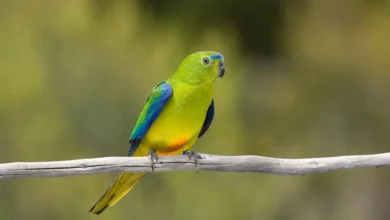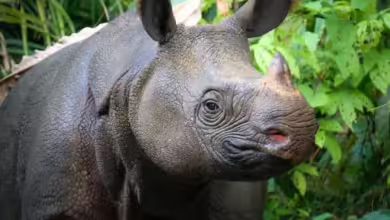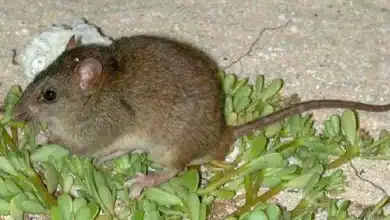Endangered Turtles and Tortoises
Tortoises And Turtles That Live In Both Fresh- And Saltwater Are Among The Most Endangered Vertebrates On The Planet
What do turtles and tortoises have in common with apes, monkeys and lemurs? The answer, according to the Turtle Conservation Coalition, is that shell-backed reptiles and primates share the dubious distinction of being the two most endangered groups of vertebrates on the planet.
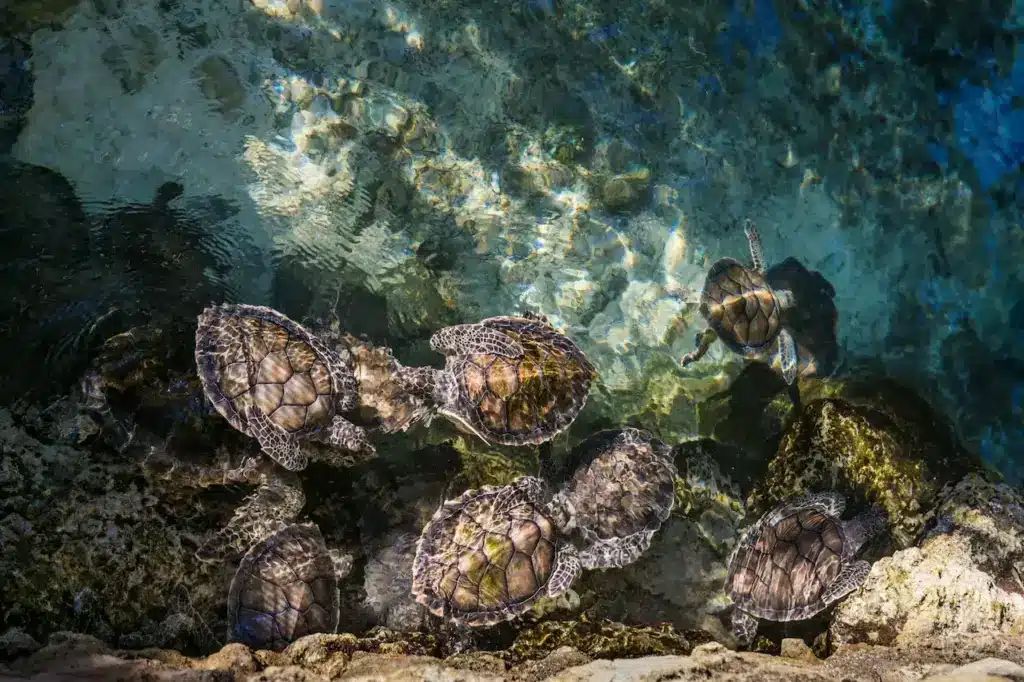
The conservation group says turtles and tortoises are under greater threat of extinction than any other group of birds, mammals, fish, rays, reptiles or amphibians—even frogs, which have recently received a lot of well-deserved attention because of the environmental threats facing them.
Turtles and tortoises are among the world’s oldest and most successful groups of animals, occupying environmental niches on all continents but Antarctica, as well as in all but the coldest oceans. However, over the past several decades, about half of the 328 known turtle and tortoise species have come under the threat of extinction, in most cases because of over-exploitation by humans.
People the world over eat tortoises, turtles and their eggs, and also capture many of the smaller species for sale in the exotic pet trade. In addition, many sea turtles die by drowning after being inadvertently tangled in commercial fishing gear, and land-dwelling tortoises are often threatened by non-native predators, such as pigs and rats, that have been introduced into their habitats. Other serious threats to endangered turtles and tortoises the world over include water pollution as well as loss of habitat due to river-damming, water diversion and other human activities.
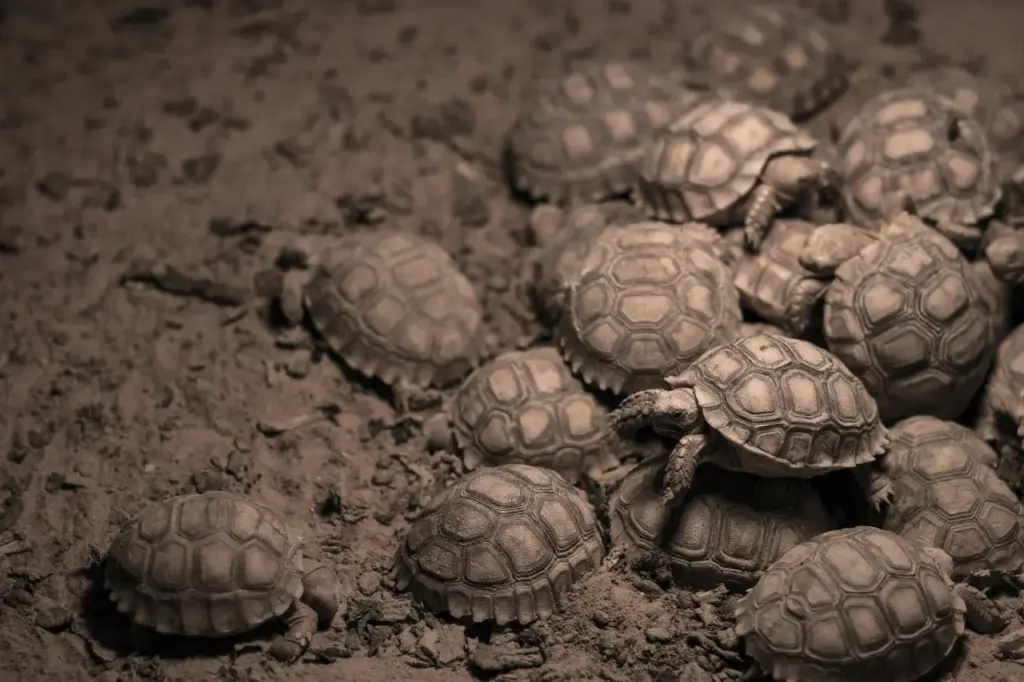
A recent Turtle Conservation Coalition report includes a list of the group’s Top 25 Most Endangered freshwater turtles and tortoises. Most of the creatures on the Top 25 list are native to Asia, where many species are used as food, and many major river systems have been dramatically affected by agriculture, industrial development, and other activities of an exploding human population.
Turtle and tortoise species on the Top 25 list include the Abingdon Island giant tortoise (Chelonoidis abingdonii) subspecies from the famed Galapagos chain of islands off the western coast of South America. Although the Galapagos contain a number of large tortoise species, there is just a single individual—”Lonesome George”—remaining of the Abingdon subspecies.
A huge turtle native to the large rivers of China and Vietnam—the Red River giant softshell turtle (Rafetus swinhoei) also occupies a spot close to the top of the list. The Red River turtle species, which can grow to weigh as much as 250 pounds (114 kilos), is currently represented by only four known individuals, all of which are in captivity—and only one of which is a female. The species has been the victim of water pollution, the destruction of wetlands, and its own popularity as table fare.
Non-Asian species on the Top 25 list include Australia’s western swamp turtle (Pseudemydura umbrina), which by the 1980s had been reduced to a population of fewer than 20 because of intensive agricultural development in its habitat. Since then, a captive-breeding effort has modestly increased the numbers of these endangered turtles.
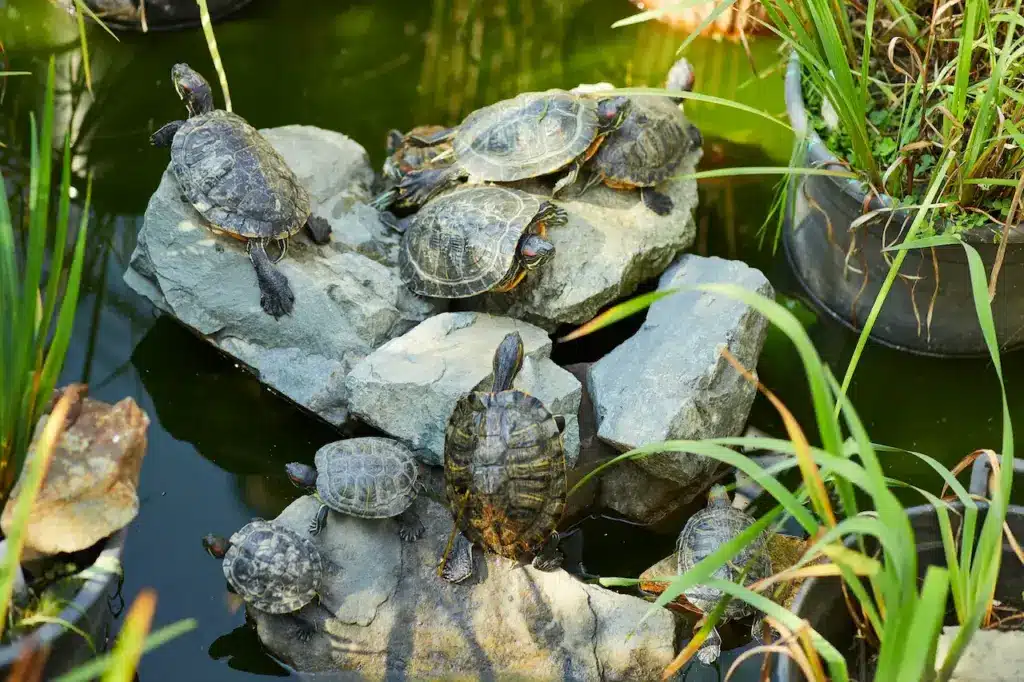
A number of species of box tortoises native to Asia and Africa also hold places on the list. One special problem facing many box tortoises is their popularity in the exotic pet trade, which makes it profitable for people to capture them.
In addition to the Top 25 list, the Turtle Conservation Coalition has also published a list of less immediately jeopardized turtles and tortoises, which the organization calls “40 Turtles In Trouble.” This second list contains several North American species, including the bog turtle (Glyphtemys muhlenbergii), a species native to the Eastern U.S. that is one of the smallest turtles in the world, with a shell length of only 11.5 centimeters (4.5 inches). The bog turtle—native to East Coast states from Connecticut through South Carolina, has suffered greatly from the fragmentation and draining of its swampy habitat. In addition bog turtles have been hit by cars while crossing roads, and have often been collected for the pet trade.
The Turtle Conservation Coalition is composed of 10 other wildlife conservation organizations, including the Wildlife Conservation Society and the International Union for the Conservation of Nature (IUCN).
